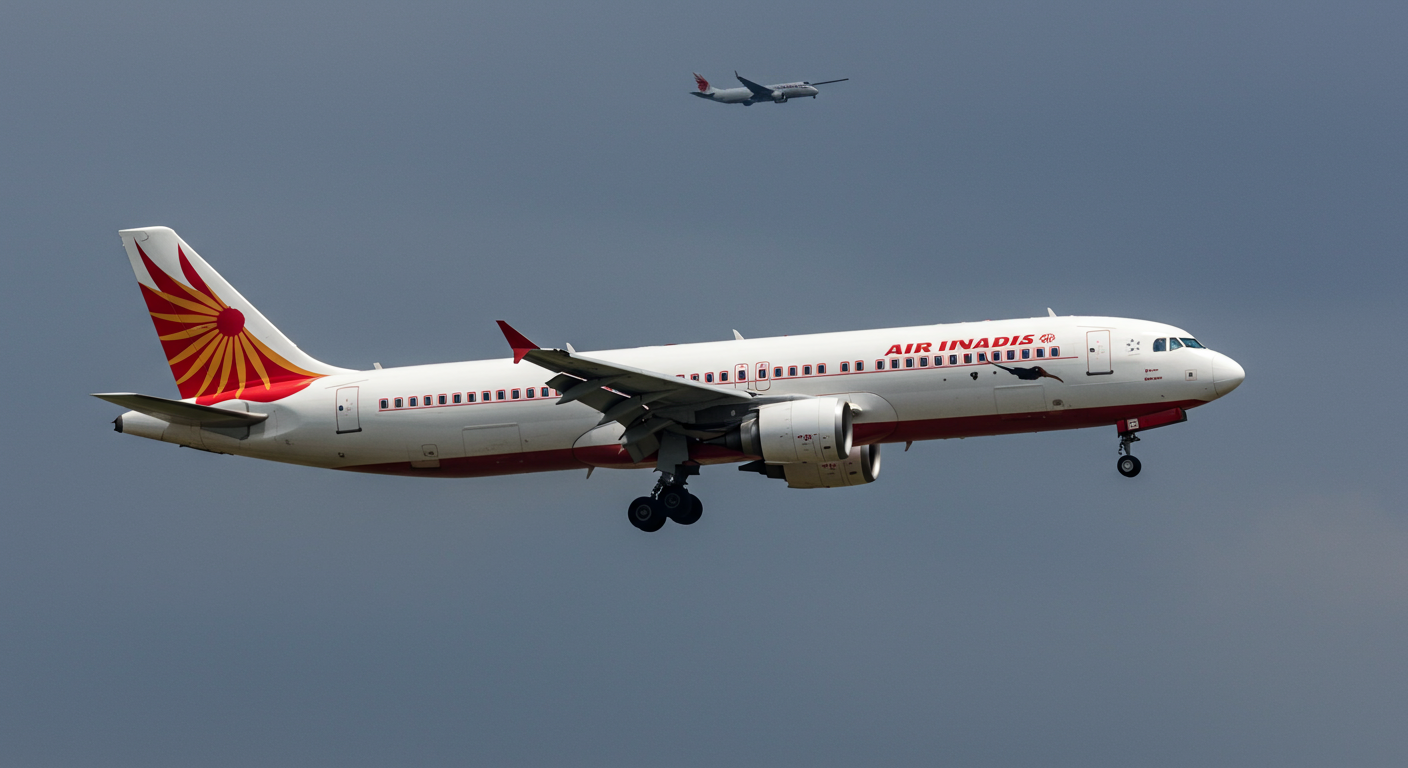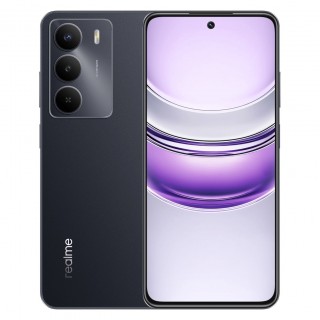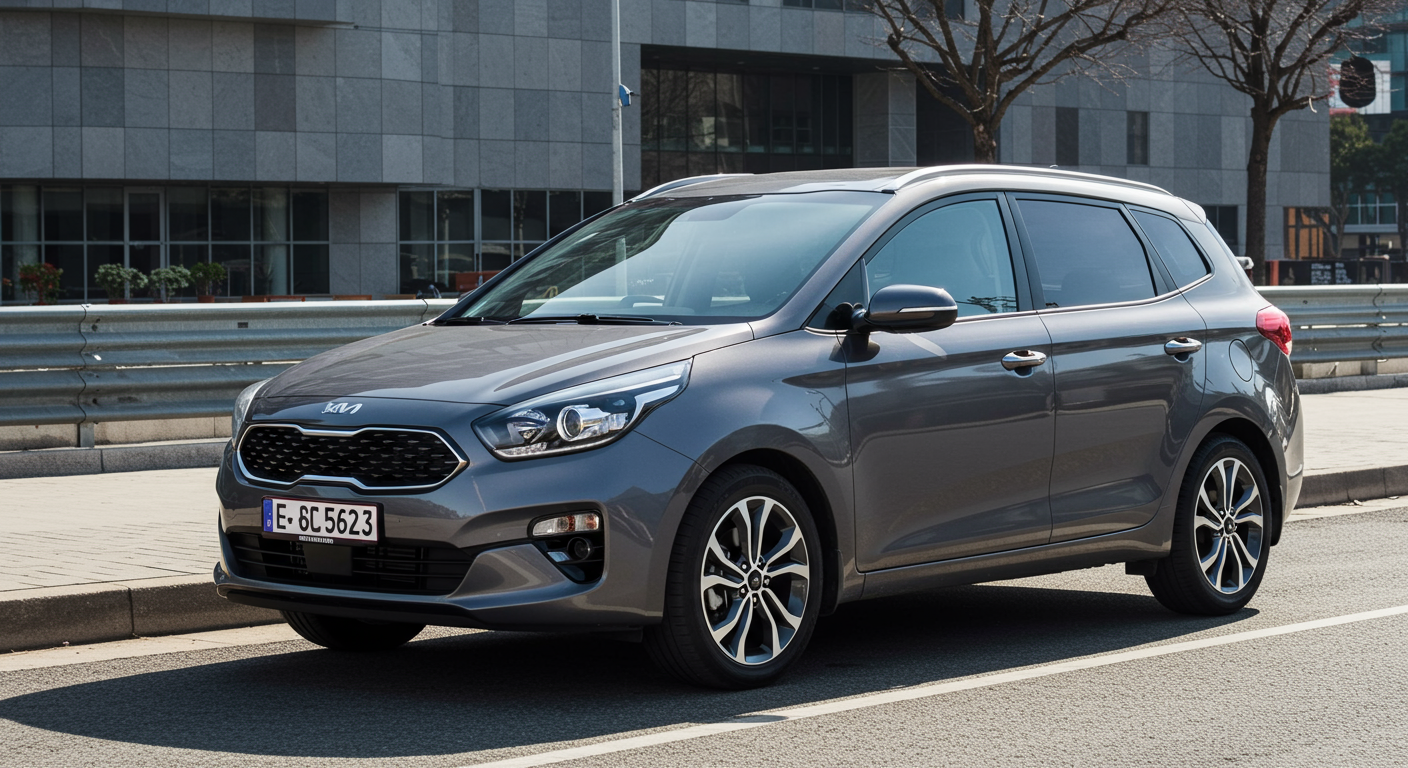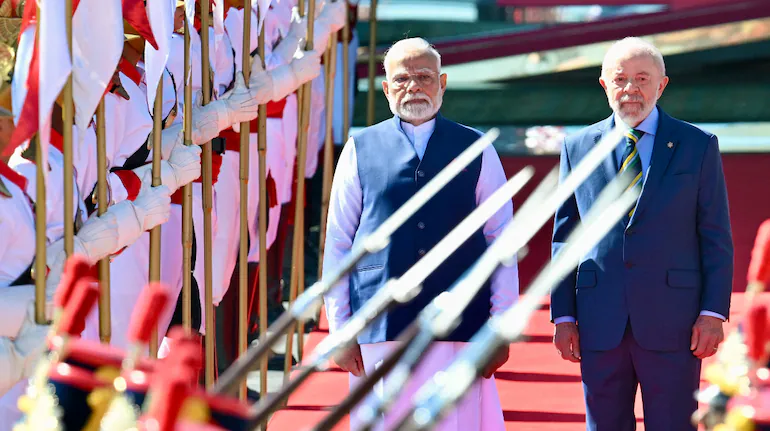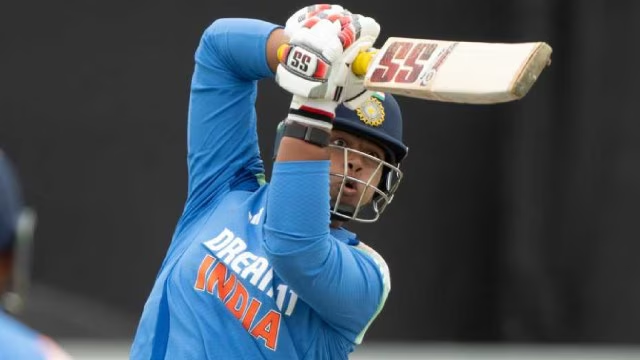iPhone 17 Pro Could Redefine Mobile Photography – Here’s What We’re Hoping to See
- Abhishek
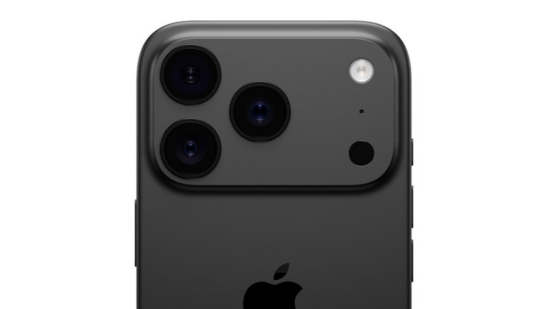
With Apple expected to unveil the iPhone 17 lineup this September, excitement is building around what its Pro model will bring—especially in imaging. The iPhones have long led the charge in smartphone photography, but with fierce competition from Samsung, Google, and Huawei, it’s time to push the bar higher. Based on leaks and expert hopes, here’s a deep dive into the big camera upgrades we believe the iPhone 17 Pro must deliver to truly stand apart.
1. Bring Photographic Styles Up to the Next Level
Currently, iPhones offer a variety of “Photographic Styles” such as Vibrant, Natural, Luminous, Dramatic, and various monochrome looks. While tweaking warmth and tone is possible, finer control—like film grain or adjustable white balance—is missing .
Why it matters: Creative users and mobile artists crave richer, customizable presets akin to film emulation. By offering granular adjustments—think ISO-style grain emulation or cooler/warm filters with fine-tuning—the iPhone 17 Pro could bridge the gap between casual snaps and cinematic captures straight from the device.
2. A Better, More Versatile Telephoto Lens
The iPhone 16 Pro offers a 5x telephoto lens via a 12 MP tetra-prism setup. While capable, it’s less than perfect for portrait shots .
What’s better? Most photographers prefer a ~3.5x (≈85 mm equivalent) for flattering portraits—providing both compression and depth without forcing users to step back.
Our ask: Apple should consider a 48 MP telephoto photosensor and a 3.5x focal length, delivering sharper detail, improved low-light performance, and upgradeable optical zoom. This combination would hit the sweet spot for portrait clarity and creative flexibility.
3. Introduce Manual Camera Controls
Surprisingly, despite the iPhone’s pro ambitions, full manual control—like adjusting ISO, shutter speed, and white balance—is still absent .
Why this matters: Content creators, filmmakers, travel photographers, and photography enthusiasts often need manual settings to get the shot just right—especially in challenging lighting. By adding a “Pro Mode,” Apple could empower users to fine-tune exposure, lock focus, or toggle between manual and autofocus, dramatically elevating the camera’s capability.
4. Reintroduce Contrast for More Lifelike Shots
iPhone images today boast excellent dynamic range but sometimes look flat or overly “even” due to lifted shadows .
The need: Many users prefer contrast-rich photos with deeper blacks and punchier colors—reminiscent of classic film. Instead of relying on post-processing, a dedicated contrast-boost style could bring out more depth and character directly in-frame.
5. Enhanced Main and Ultra-Wide Sensors (Beyond Telephoto)
Though the article focuses on telephoto upgrades, leaks suggest the iPhone 17 Pro may also see overall sensor enhancements across the board. Rumors of a 48 MP telephoto, alongside a potentially improved main camera and ultra-wide lens, hint at significant pixel-level refinement .
What we want: Higher-resolution sensors in both main and ultra-wide modules would facilitate superior low-light capture, finer detail, improved color accuracy, and better cropping/zoom without losing quality.
6. Boost Cinematic Video Capabilities
While not directly mentioned, it’s worth considering Apple’s gains from camera hardware should also extend to video.
ProRes video, high frame‑rate capture, and cinematic stabilization are already strong—but with improved sensors and manual controls, Apple could solidify the iPhone 17 Pro as the go‑to tool for mobile video creators.
7. Design Changes: Bigger Vision, Minimal Compromise
Leaks suggest the iPhone 17 Pro may feature a redesigned “camera bar” spanning the top—possibly borrowing from Pixel 9 Pro styling .
Look matters: A horizontal camera bar could accommodate larger sensors and better lenses while offering a fresh aesthetic departure. Even if Apple sticks to premium materials (aluminium, glass, maybe titanium), this visual evolution would signal the seriousness of the hardware upgrades beneath.
8. Why These Upgrades Matter
-
Close the gap with Android flagships. Phones like Samsung Galaxy S25, Xiaomi 15 Ultra, and Oppo Find X8 Ultra are equipping 200 MP sensors, periscope lenses, and professional-grade controls .
-
Empower creators. Photographers, filmmakers, and influencer storytellers know intention and control are essential. Apple risked losing ground by providing excellent but limited capture tools.
-
Stand out in a crowded market. Incremental updates don’t cut it anymore. A bold camera upgrade—both in hardware and software—could give Apple a clear edge.
Final Thoughts: Will Apple Deliver?
Apple’s reputation for seamless usability is unmatched, but to lead, they must couple it with power. The iPhone 17 Pro release this September could be a turning point—if Apple:
-
Expands manual controls and film-style presets
-
Prioritizes a portrait-focused telephoto upgrade
-
Enhances contrast and sensor performance
-
Embraces a striking new camera design
Then the iPhone 17 Pro won’t just be another yearly refresh. It could be the moment Apple reasserts dominance in both photography and videography—blending simplicity with pro-level depth, all in your pocket.



